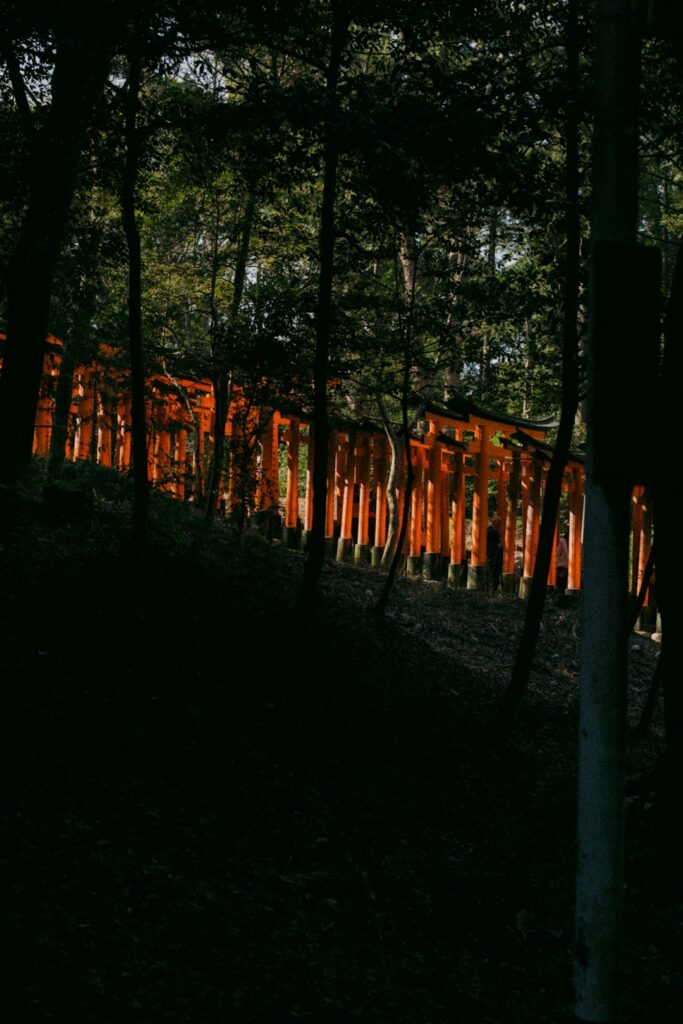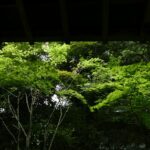Feeling stressed by the constant buzz of technology and urban life? Imagine a place where time slows down, ancient trees whisper in the wind, and the healing embrace of nature helps you rediscover yourself. Japan’s countryside is quietly experiencing a wellness revolution, combining the ancient practice of Shinrin-yoku (forest bathing) with cutting-edge glamping retreats. Traveling beyond the mainstream, we’ll introduce hidden forests and luxurious nature escapes in places only locals know. If you crave deep tranquility and authentic connection, get ready to unplug and reconnect in Japan’s untouched wilderness.
What is Shinrin-yoku? The Origins and Benefits of Japanese Forest Bathing
Shinrin-yoku, or “forest bathing,” may sound poetic, but it’s a well-established Japanese wellness practice dating back to the 1980s. Unlike hiking or jogging, forest bathing isn’t about exercise — it’s about immersing your senses in nature. Scientists have shown that slow, mindful walks among trees can lower heart rates, reduce stress hormones, and boost immunity.
Beyond science, Shinrin-yoku is deeply rooted in Japanese culture’s reverence for nature. The Japanese concept of satoyama (living in harmony with local landscapes) echoes through this practice. Visitors are encouraged to touch moss, listen to bird songs, and take in the scent of earth and leaves, fostering a calm that’s difficult to find elsewhere on earth.
Deep Nature Experiences: Hidden Retreats in Nagano, Kumano Kodo, and Beyond
If you’re ready to go off the beaten path, Japan’s countryside offers transformative retreats tucked far from the crowds. In Nagano’s misty forests, little-known lodges allow for early morning yoga among cedars and meditation by hidden streams. Fall brings a burst of fiery red maples, while summer offers cool mountain air.
Down south, the Kumano Kodo pilgrimage trails wind through UNESCO-protected mountains, cedar groves, and spiritual hamlets. Hiking these old paths, travelers often find rustic cabins run by generations-old families. Here, the power of Shinrin-yoku is amplified by ancient shrines and waterfalls shrouded in legend. Other secret spots, like rural Shikoku or Tottori’s coastal woodlands, provide sanctuary for those seeking true serenity — often with just a handful of other guests, or perhaps none at all.
Wellness Glamping: Luxury Meets Nature in Japan’s Countryside
The glamping boom has reached Japan, but with a uniquely Japanese twist — blending state-of-the-art amenities with local hospitality. Imagine stepping into a luxury tent hidden amongst the trees, adorned with tatami mats and equipped with natural hot spring baths. Some rural resorts in Nagano and Nara offer meals made from foraged forest ingredients and workshops in herbal tea blending or outdoor mindfulness practice.
What sets Japanese glamping apart is omotenashi, the art of hospitality. Hosts often lead sunrise meditation walks or serve traditional breakfasts using heirloom rice. Cleanliness, harmony, and a deep respect for privacy are the norm. Whether you’re a seasoned adventurer or new to nature escapes, these glamping oases offer soul-soothing comfort against spectacular mountain backdrops.
Real Experiences: Local Voices and Forest Retreat Stories
To truly understand the healing power of Japan’s hidden forests, listen to those who know them best. Yuko, a Nagano innkeeper, describes how city-weary visitors often arrive tense, but depart with light hearts after a few days of forest immersion. “You can see their faces change,” she says, “as if they’ve re-learned how to breathe.”
Travelers recall soaking in onsen beneath the stars or quietly journaling by a stream as life-shifting moments. “It’s not just luxury; it’s the deep, gentle quiet that stays with you,” says Thomas from Australia, who spent a week in the Kii Mountains. Such stories reflect the unique hospitality and restorative calm that’s impossible to rush — an experience intimately tied to Japan’s people, land, and seasons.
Planning Your Retreat: Must-Know Tips and Wellness Trends for 2025
- What to Pack: Lightweight, moisture-wicking clothing, easy-off shoes (for both nature and indoor tatami), layers for cool evenings, insect repellent, and a small journal for reflection.
- Getting There: Most remote retreats are reachable by bullet train and local rail, followed by shuttle or taxi. Check in advance for pickup services, especially in rural areas with limited buses.
- Reservations: Book months in advance—many of the most coveted forest lodges or glamping sites have limited availability, especially during sakura (cherry blossom) and autumn foliage seasons.
- Wellness Trends 2025: Expect more “digital detox” packages, eco-conscious facilities built with local woods, guided mindfulness walks with forest therapy practitioners, and a surge in women-only wellness escapes.
Whether you seek a moment of deep reflection or a luxurious reset, Japan’s rural retreats offer something for every wellness-seeker. Step into the forest and let Japan’s newly awakened natural sanctuaries heal you — body, mind, and soul.








